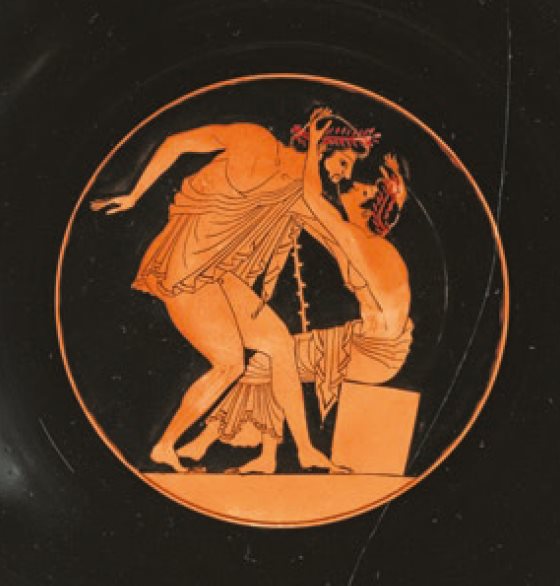Abstract
In the early 20th century, differences in the perception of homosexuality between ancient Greece and the contemporary world were a serious problem for researchers and teachers of ancient history. Such themes were either ignored or discussed from the viewpoint of modern moral norms. E.g., Polish author Kazimierz Jarecki (1931) interpreted fragments of source texts about Knabenliebe not in terms of physical contacts, but as an expression of an older man’s admiration and care for the male youth. German scholars from the 19th and early 20th century – Karl O. Müller, Erich Bethe, Wilhelm Kroll – viewed Knabenliebe as part of the lifestyle of warriors who spent a lot of time away from home and their wives. Bethe postulated that historical homosexuality should be studied without the bias of contemporary moral norms. The influence of cultural anthropology on studies of the history of ancient Greece entrenched the notion of paiderastía as a rite of passage where older men (active partners) introduced their younger protégés (passive partners) to the ranks of adult citizens (e.g., Harald Patzer, Bernard Sergent). A breakthrough in studies of homosexuality in ancient Greece occurred with the publication of fundamental works by Michel Foucault (1976) and Kenneth Dover (1978) as well as the rise of gender studies. Consequently, Eve Keuls formulated the concept of sexual intercourse as an expression of the active partner’s domination over the passive participant (man over woman, erastes over eromenos). Eva Cantarella popularized the theory that the ancient Greeks did not consider homosexual relationships as unnatural. This is confirmed by depictions of homosexual love on Greek ceramic vases, which suggest an understanding of paiderastía and homosexual relationships as sensual pleasures, an aspect that seems more important than their ritual and cultural function.
The paper is preceded by an introduction by Antoni Ziemba who discusses the iconography of homoerotic themes using examples of Greek vase painting from Polish collections (the National Museums in Warsaw and Krakow).

This work is licensed under a Creative Commons Attribution 4.0 International License.
Copyright (c) 2021 Włodzimierz Lengauer (Autor)


